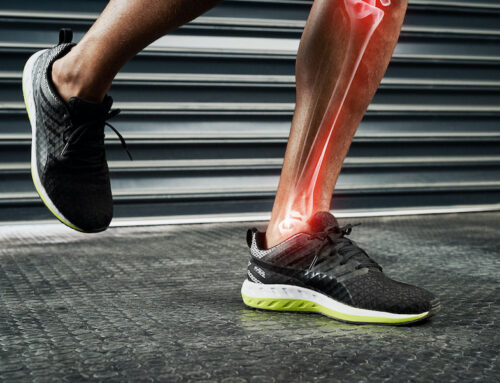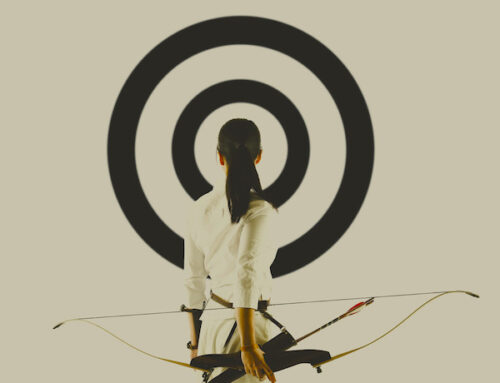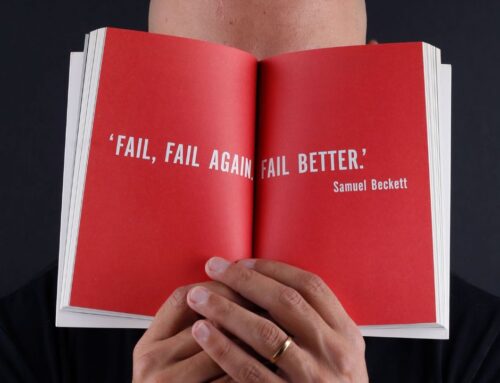You’ve all checked whether you’re heart rate is in ‘that fat burning zone’. If you have, stop, if you haven’t, don’t. The message is clear.
While many articles out there would have you believe that your body is working at a fat burning intensity, I’m quite happy to stand up and say it’s one of the biggest myths out there. And if you’re trying to lose weight whilst working out in your ‘fat burning zone’, you’ll probably never get there! There is no magic heart rate that will help you shed your weight and achieve the look you’re aiming for. That comes down to many factors.
Many static cardio training machines have little charts displaying loosely what happens at different heart rates. This alleged fat burning zone is around 60% of ones maximum heart rate. 60% is a low intensity, and for an endurance athlete may be deemed sufficient for recovery training. In a shape shifters mind, somebody wanting to lose weight could benefit from some training at such intensity, but isn’t the be all and end all. At this intensity around 85% of the energy used comes from fat stores,15% carbohydrates. As the intensity increases, the ratio changes. The amount of fat decreases and the amount of fat increases the faster you go. Losing weight isn’t just a heart rate exercise, it has to be combined with good nutrition interventions to make the best gains.
We can agree that burning a higher percentage of fat sounds great, but if there was any substance behind these bold claims our best bet would be to remain as still as possibly so our activity is at its lowest possible, boosting the percentage of fat burned.
The most effective way to lose weight (we’re not taking into account a macro split for this argument) is back to calories out vs calories in, or put simply using more calories than you consume.
If you’re working at a lower intensity, you’re burning fewer calories per minute. This is why our 45 minute Live sessions are fairly full on compared to some. You’ve only got 45 minutes, you need to hit it hard to make it pay off, for your body and your busy diaries sakes! Every workout when scheduled properly should be done so with the FITT principles in mind. Frequency, Intensity, Time and Type all have an impact on each other. If the intensity is maximum, the time is minimal, the type is generally explosive or energetic, it’s designed with bang for buck in mind. You can’t achieve this in the illusive fat burning zone.
The maths also works against the fat burning zone. Even though percentage wise you burn more fat in the fat burning zone, you simply don’t get the volume. Let’s look at it this way. If you walked two miles in one hour you’d burn around 200 calories, with around 150 of that being fat. If you cycled moderately for the same hour, you’d burn 500 calories with around half of them coming from fat and carbohydrates in an even split. This is a lot more beneficial when it comes to your weight loss efforts.
I’m not at all saying low intensity doesn’t have its place because it can be good for rehab, rest and recovery. I’m simply saying for burning calories it isn’t the best practice.
To blow the argument out of the water, I’ll say this. The ‘fat burning zone’ even if it did exist, would be different for everyone because our morphologies are different, we all do different things, excel in some areas and weaker in others. This is the nature of the beast but because of this, our bodies work entirely differently, our muscle fibres work differently, we have different types in different amounts so to say there would be a specific zone for burning fat would be a far cry. Also, as I’ve just explained above with differing morphologies, the ratio of fats to carbs would alter more aggressively.
Zone training absolutely is a thing, we’ve used it in the past with our very successful BP45 and again, everyone’s zones are different for a multitude of different reasons which I’ve covered in other articles so won’t cover here, but as for the fat burning zone the influencers and tech sellers try to get you into. Ignore it, it isn’t real, and won’t lead to real results that you can measure.







 >
>

Leave a Reply